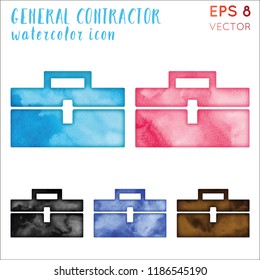Comprehending Seasonal Influences On Commercial Exterior Painting: Vital Expertise For Success
Comprehending Seasonal Influences On Commercial Exterior Painting: Vital Expertise For Success
Blog Article
Developed By-Leach Rodriquez
When you're intending a business outside painting task, seasonal factors can make or damage your outcomes. You'll intend to think about exactly how temperature and moisture influence paint application and drying times. Choosing the right period can guarantee your paint adheres appropriately and lasts much longer. But which periods are absolutely the best for this type of job? Let's discover the crucial elements that can influence your job's success.
The Influence of Temperature on Paint Application
When you're planning a commercial external paint job, the temperature can substantially impact how well the paint sticks and dries out.
Preferably, you want to paint when temperatures vary between 50 ° F and 85 ° F. If it's as well chilly, the paint may not cure correctly, resulting in issues like peeling or breaking.
On the other hand, if it's as well warm, the paint can dry also promptly, protecting against appropriate adhesion and causing an unequal coating.
You must likewise consider the moment of day; early morning or late afternoon provides cooler temperature levels, which can be a lot more favorable.
Constantly examine the supplier's suggestions for the specific paint you're using, as they commonly supply assistance on the ideal temperature level variety for ideal results.
Humidity and Its Effect on Drying Times
Temperature isn't the only environmental aspect that affects your industrial exterior painting project; humidity plays a substantial function too. High moisture degrees can reduce drying out times significantly, impacting the general quality of your paint job.
When the air is saturated with moisture, the paint takes longer to treat, which can bring about problems like inadequate adhesion and a greater threat of mildew growth. If you're painting on a specifically moist day, be planned for prolonged wait times between coats.
It's vital to monitor regional climate condition and plan accordingly. Ideally, aim for humidity degrees between 40% and 70% for optimal drying.
Keeping learn more in mind ensures your task stays on track and supplies a long-term coating.
Best Seasons for Commercial Exterior Painting Projects
What's the most effective time of year for your industrial outside paint projects?
Springtime and very early fall are typically your best choices. During these periods, temperatures are moderate, and moisture levels are typically lower, creating optimal conditions for paint application and drying out.
Prevent summer's intense heat, which can cause paint to dry also promptly, leading to poor attachment and coating. In a similar way, winter season's chilly temperatures can impede appropriate drying out and treating, taking the chance of the durability of your paint job.
Go for days with temperatures in between 50 ° F and 85 ° F for optimum results. Bear in mind to examine the neighborhood weather prediction for rainfall, as wet conditions can spoil your project.
Preparation around these elements ensures your paint project runs smoothly and lasts longer.
Verdict
In conclusion, preparing your business exterior paint projects around seasonal factors to consider can make a significant difference in the end result. By organizing job throughout the excellent temperatures and humidity levels, you'll ensure much better attachment and drying times. Remember to watch on regional weather forecasts and choose the correct time of year-- spring and very early fall are your best choices. Taking commercial painting contractors will certainly aid you accomplish a sturdy and professional surface that lasts.
